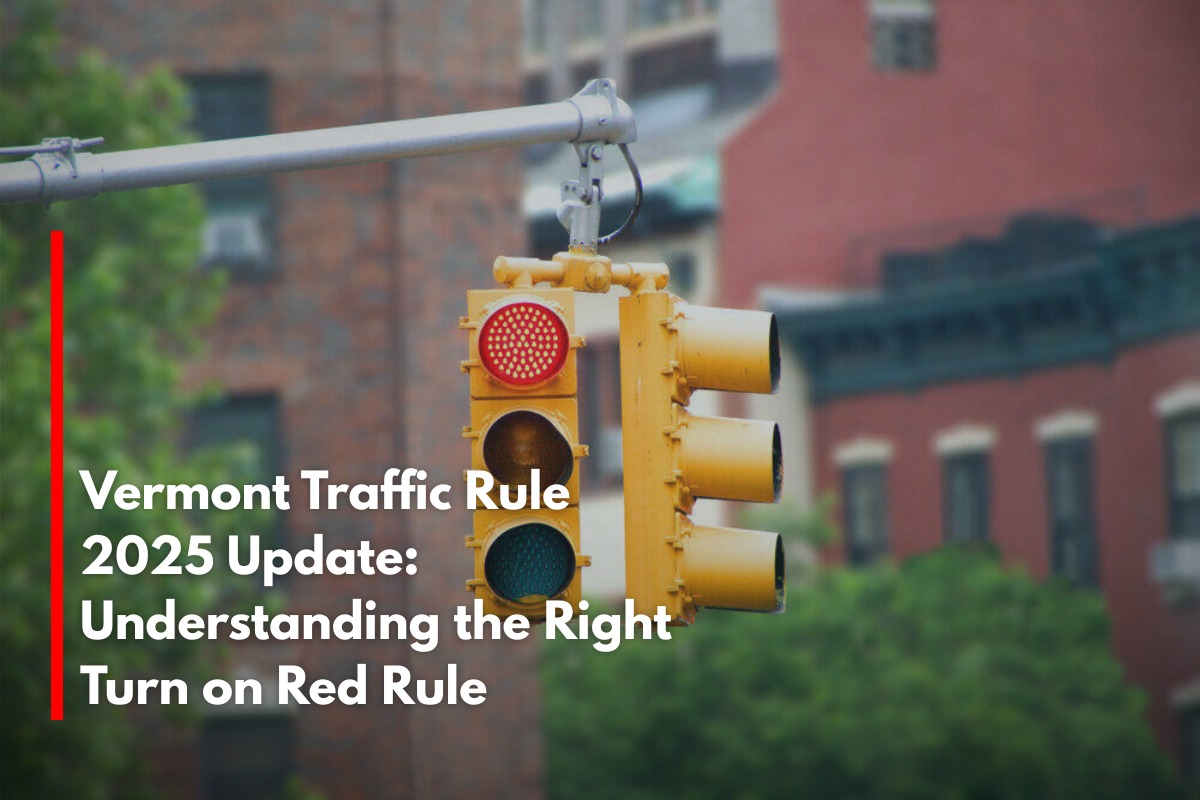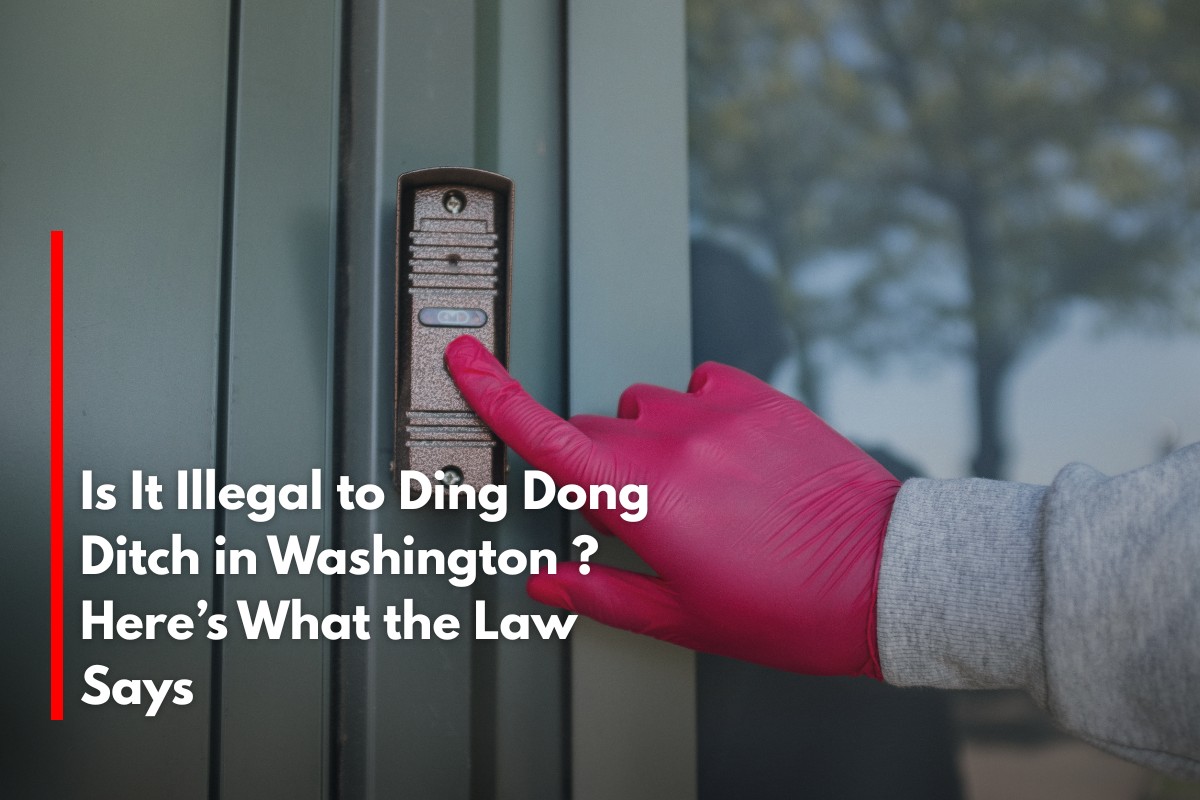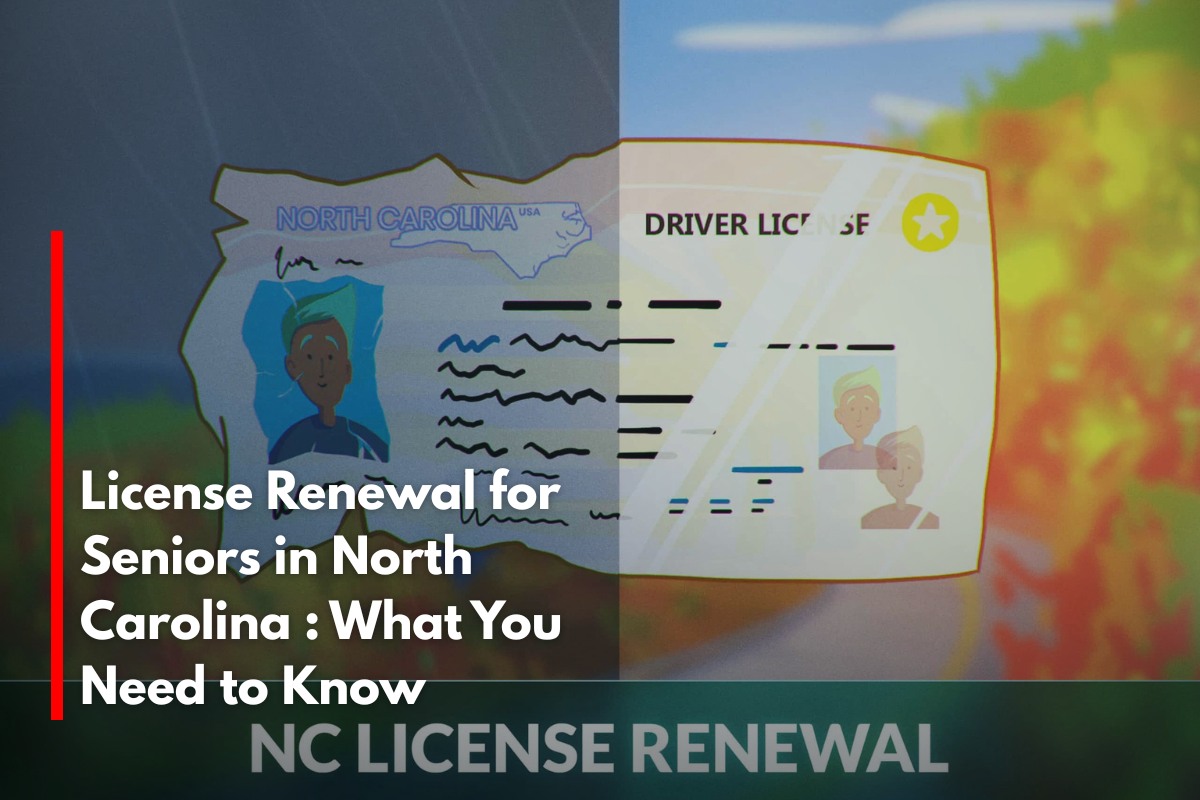As of 2025, Vermont continues to allow drivers to make a right turn on red under specific conditions, consistent with longstanding traffic laws. This means that when a driver approaches a red traffic light, they may turn right after coming to a complete stop—unless prohibited by a regulatory sign or traffic signal. The rule is designed to improve traffic flow while ensuring safety for pedestrians and other vehicles.
Conditions for Making a Right Turn on Red
To legally execute a right turn on a red light in Vermont, drivers must:
Come to a complete stop at the marked stop line, crosswalk, or intersection before turning.
Yield the right of way to pedestrians crossing the street and all other vehicles with legal priority.
Ensure the road is clear and safe to complete the turn without interfering with other traffic or pedestrian movement.
Failure to fully stop or yield when making the turn can result in traffic violations such as failure to stop or failure to yield, which carry fines and demerit points on the driver’s record.
Restrictions and Exceptions
Although right turns on red are generally allowed, there are important exceptions in Vermont:
No Turn on Red Signs: Intersections may have placed prohibitive signage indicating that right turns on red are not permitted. Drivers must obey these signs strictly.
Red Arrow Signals: Vermont uses red arrow signals at some intersections, which explicitly prohibit turning in the designated direction until the light changes to green.
Pedestrian-heavy Intersections: Due to safety concerns, especially near schools or busy crosswalks, some areas may restrict right turns on red to protect pedestrians.
Drivers should be vigilant for these signs and signals and comply with all traffic control devices to avoid violations.
Penalties for Violations
Violating the right turn on red rule in Vermont may result in:
Fines typically ranging from around $50 to several hundred dollars depending on the violation’s severity.
Demerit points, usually four points added to the driver’s record for failure to yield or failure to stop.
In severe cases, violations could lead to negligent operation charges, especially if the illegal turn causes an accident or injury.
Accumulating too many points on a driving record can lead to license suspension or increased insurance premiums, so compliance is important.
Why Right Turn on Red is Important
The right turn on red rule allows for more efficient use of intersections by reducing wait times and traffic congestion, particularly in rural and suburban areas. Its use, when properly executed, balances convenience with safety, enabling smoother travel while protecting pedestrians and other motorists.
Vermont’s 2025 traffic rules permit drivers to make a right turn on red after a complete stop, yielding to pedestrians and other vehicles, unless prohibited by signs or red arrow signals. Drivers must be aware of these conditions and observe all traffic control devices to avoid fines and penalties. Understanding and respecting the right turn on red rule contributes to safer and more efficient roadways in Vermont.
Sources
(https://local.newsbreak.com/news/3980182038101-vermont-traffic-rule-2025-update-understanding-the-right-turn-on-red-rule)
(https://www.drivinglaws.org/resources/vermont-red-light-stop-sign-tickets.html)
(https://internationaldriversassociation.com/blog/right-turn-red-laws-usa/)
(https://legislature.vermont.gov/statutes/fullchapter/23/013)
(https://www.yourmechanic.com/article/the-guide-to-right-of-way-laws-in-vermont-by-valerie-mellema)






